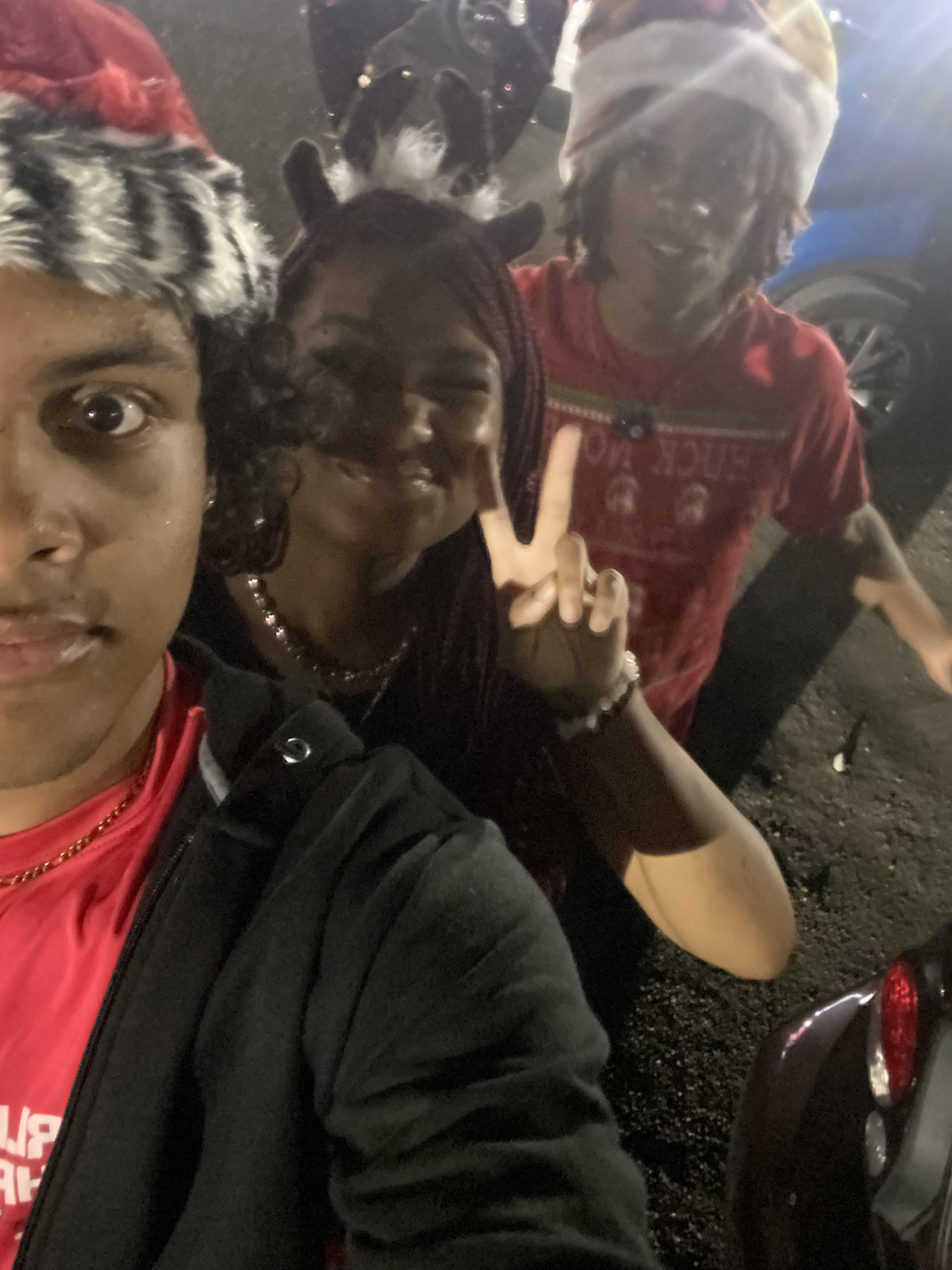It's time to consider the job that was accomplished after the difficulties that were experienced during the music video's development. Although the film is far from flawless, the experience was instructive and worth noting
Numerous elements of the video both conform to and go
against the norms of Christmas music videos. The fact that the product lacks
footage of a musician or band playing the song distinguishes it significantly
from popular culture creations. The majority of music videos have this, but in
order to build a tale with the video, the production did not adhere to this
guideline. Many of the shots used in large productions, such as three shots and
pans, are present in the video, though. There was one shot in the video that
stood out among the others because it was a POV shot. This shot was used to
enhance the storytelling element and give diversity to the existing shots in
the project. The video's settings, costumes, and props all adhere to the
standards set by similar music videos of the same genre. Videos that play
holiday music all have festive decorations, fun hats, and cheery lighting. The
project's upbeat tone is evident throughout and is almost required for music
videos including holiday music.
Teenagers are used in this project to blur the lines between
the traditional and modern. Since the song we selected is from 1963, each
character virtually acts as a modern-day stereotype of teenagers. The
characters all dress in trendy clothing including hoodies, jewelry, and body
piercings. This aims to appeal to those between the ages of 13 and 19. The goal
of the endeavor is to update the song while preserving its timeless feel and
melody. Like most teenagers, the characters are seen hanging around and
engaging in activities that fit the video's holiday theme. If the project was a
video, it would probably be distributed on websites where teenagers and music
videos typically congregate if it were a video. This implies that the video
would be available on Twitter, TikTok, and YouTube. Additionally, the video would
be broadcast on channels like MTV Classic, which is dedicated solely to the
broadcasting of music videos. As more generations tune in to cable networks,
this is where the video would reach a larger audience.
I gained a great deal of knowledge about filming and editing
during the course of the production. My team's first project with transitions
was this one. It significantly reduced the video's "choppiness,"
which was one of the main criticisms of the initial video. The team was faced
with an abundance of footage to sort through throughout the editing stage. This
had both good and bad effects. Unsatisfactory shots from multiple takes that
were shot made it difficult to duplicate the original vision we had. My team
had trouble reducing the quantity of footage we had. As a result, numerous
entertaining and interesting shots from the video were removed. Although a
POV image of the group riding bumper cars was captured, it was finally
abandoned due to time constraints. Even the filming process itself imparted
knowledge. This project's filming was significantly more challenging than the
prior one. When all three members had to appear in the video at once, it was
challenging to film more than one character. In terms of what worked and what
did not, I discovered a lot about the three photos.
The music video employed the same strategies as the prior
project. However, some aspects of the industrial process did change. We divided
up the filming duties among the three of us rather than having just one person
do it. This indicated various phone models and levels of quality. We
experimented with that while we were filming because each phone has different
capabilities. We divided that up when the editing process started as well. To
complete our video, we used two separate programs: CapCut and Videoleap. CapCut
was mostly used for simpler tasks like clipping and moving around scenes. The
technical elements, including adding transitions and music, were mostly handled
by Videoleap. We discovered a lot easier method for obtaining music for this
project. We just got the song as an mp3 file from a website instead of screen
recording it. As a result, the tedious extraction process was eliminated,
making it much simpler to add the song to the film.





No comments:
Post a Comment